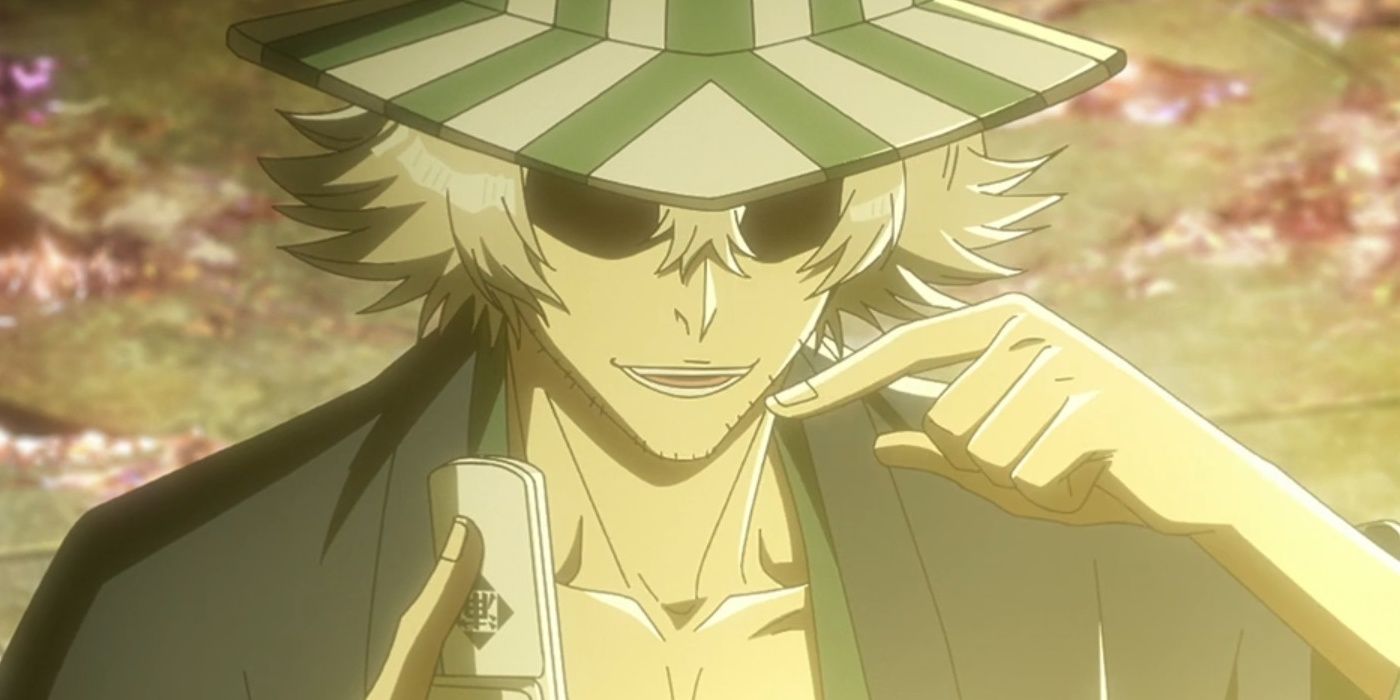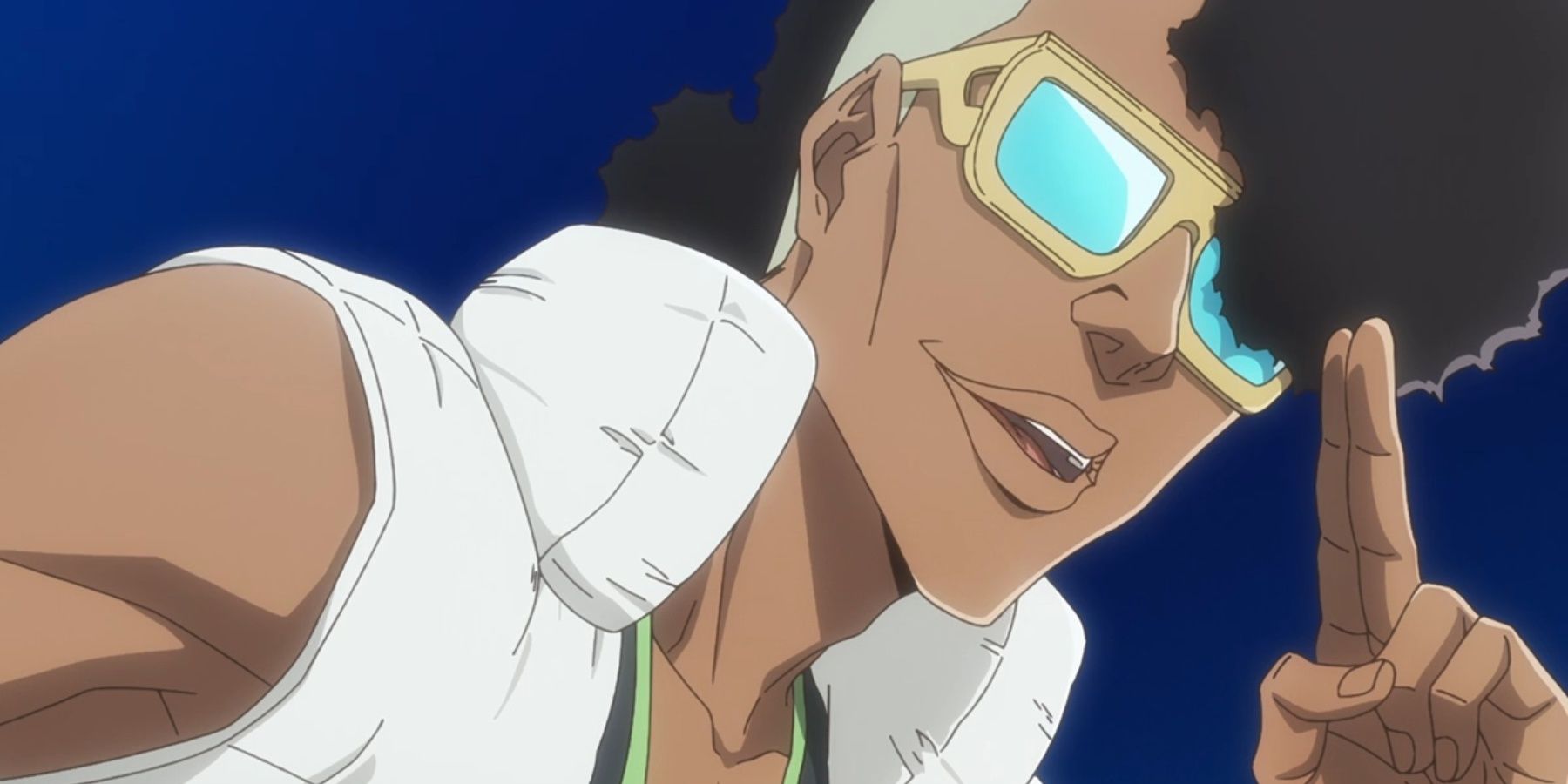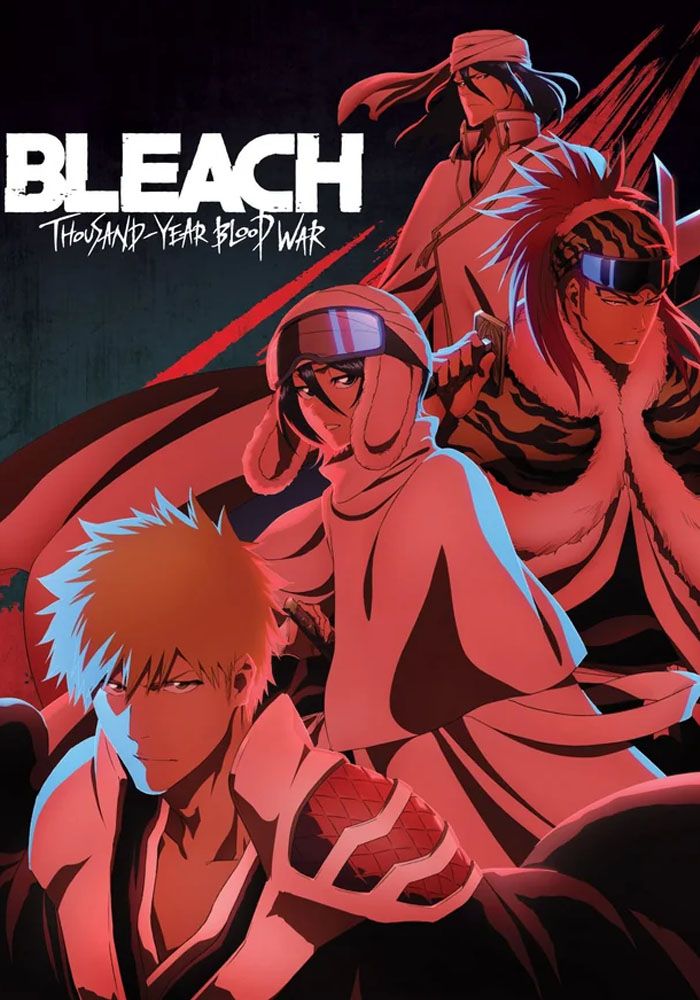In the 2000s, Bleach hit the airwaves and joined Naruto and One Piece as part of Shonen Jump's legendary Big Three. Unfortunately, it fell behind with declining popularity and viewership, leading to its cancelation in 2012 while Naruto and One Piece soldiered on. For years, the original Bleach manga was the only way to finish author Tite Kubo's story, but all that changed in the early 2020s. Studio Pierrot, which animated the original Bleach anime, announced that they would be animating the Thousand-Year Blood War arc.
The Thousand-Year Blood War is the final arc in Bleach's epic-length story, and the toughest battle that Kurosaki Ichigo and everyone in the Soul Society ever fought. It's a hard-hitting saga of brutal warfare, shocking plot twists and major shake-ups in the main cast. As of this writing, Bleach's grand finale is ongoing, with the first two Cours (i.e. seasons) complete. Before Cour 3 arrives, anime fans ought to look back on Cour 1 and determine how strong a start it really was.
Bleach: Thousand-Year Blood War Cour 1 Has the Production Values That Bleach Always Deserved
Bleach: Thousand-Year Blood War is the anime Bleach fans always dreamed of
The original Bleach was a product of its time. Unlike One Piece, which continued to the present day to enjoy modern production values, Bleach has dated visuals from start to finish. It improved over time, but it wasn't until Thousand-Year Blood War when Bleach was treated to modern, cutting-edge animation techniques. By now, fans are used to high-quality animation, to the point some say the Demon Slayer's animation from studio UFOtable is the only reason it's popular. Similarly, Attack on Titan and Jujutsu Kaisen also set an incredibly high bar for the industry and fan expectations. While Bleach newest anime isn't quite on the level of these titles, it's a vast improvement over what came before.
Thousand-Year Blood War checked off almost all the boxes with its production value. This includes colorful high-definition visuals and a smooth frame rate, lively sound effects and strong voice acting from everyone in the main cast, including veteran Bleach voice actors and newcomers like Ayana Taketatsu and Yoshitsugu Matsuoka (Bambietta Basterbine and Äs Nödt, respectively).
The fights are elegantly choreographed and animated well throughout Cour 1, which was probably the main factor that would either make or break it. The only real shortcoming is the soundtrack, which lacks the memorable innovation of the original. Composer Shiro Sagitsu outdid himself with the stunning original Bleach OST which, to this day, is considered a classic. Conversely, Thousand-Year Blood War's music, at least in Cour 1, is merely serviceable at best.
Bleach: Thousand-Year Blood War’s Dialogue & Humor Don’t Measure up in Cour 1
Bleach: Thousand-Year Blood War Cour 1 would've been better without comedy

In the span of just 13 episodes, Thousand-Year Blood War Cour 1 has a lot going on with its plot, characters, dialogue and themes. Some of it is excellent, while other aspects fall short. For example, Bleach has always tried to throw in humor to relieve the tension and entertain fans, but the results have been mixed at best. This awkward balance continues in Thousand-Year Blood War Cour 1.
In the original anime, the jokes and humor were integral to the anime since they enhanced the characters' personalities. For example, Rukia Kuchiki's love of drawing childish cartoon rabbits was funny but also revealed her childlike idealism. But in Thousand-Year Blood War, the humor was weak and felt obligatory. It often relied on numerous tsundere characters snapping at each other and butting heads to drive the humor, but it rarely worked. Not even the goofy antics of the fast-talking Zanpakuto creator Oetsu Nimaiya feel properly comedic, and instead fall flat.

The cour would've been better off without half-hearted humor like this. Fortunately, Thousand-Year Blood War Cour 1 rarely tries to be funny, which isn't too surprising given how serious and heavy the plot is. Case in point, Kon's comic relief in the manga was greatly reduced in the anime. That said, what little bits of humors it sprinkled into the final war between Soul Reapers and Quincy simply never compares well to the slapstick antics of Jujutsu Kaisen, Demon Slayer or even earlier Bleach -- even with characters like the aloof Kisuke Urahara around.
The character dialogue in Thousand-Year Blood War Cour 1 is also functional at best, but rarely more than that. Some anime are packed with meaningful lines of dialogue, and Bleach is no stranger to some great quotes. However, most of these came from the original arcs, where the ideas are fresher, and the story wasn't so preoccupied with constant warfare yet. Cour 1 does have some enticing lines that explore new themes and mysteries, such as Emperor Yhwach calling Ichigo his "son born in the dark," but otherwise, it's all conventional shonen dialogue that rarely shows a new side to the characters. The main cast does get some solid development, but it's mostly via their actions and their voice actors' delivery, not their words.
Bleach: Thousand-Year Blood War Cour 1’s Secret Weapon Was Its Pacing
Bleach: Thousand-Year Blood War Cour 1 avoided its predecessor's gravest mistake
Snappy pacing is the new Bleach anime's single best asset, aside from the modernized animation style. By now, anime fans can take good animation for granted, so other factors like efficient pacing stand out all the more, and Cour 1 delivers. The original Bleach suffered from atrocious pacing for two major reasons, with filler being one of them. Like other lengthy anime of the time, Bleach had extensive filler arcs that ruined the canon adaptation's pacing. However, Bleach was arguably the worst offender of this outdated storytelling work-around.
Controversial fillers like the Bount Arc or the New Captain Shusuke Amagai Arc interrupted Bleach's then-ongoing storylines, and made the original material more unwelcome than ever. The anime also dragged out its best fights and adventures, needing more episodes than was really necessary to animate them. This made even the canon arcs feel just as tedious (or more so) than their filler counterparts. Naruto was like this as well. It stretched itself thin through far too many episodes, but its padding issues weren't as severe as Bleach.
Thousand-Year Blood War Cour 1 changed all this with tight, efficient pacing and a total lack of fillers. This allowed the story to unfold naturally. No fight needed more than two episodes to play out, even brutal duels like the one between Emperor Yhwach and Captain-Commander Genryusai Yamamoto. The anime also abridged parts of the manga, or dropped unnecessary scenes like Kon's shenanigans entirely. This allowed Cour 1 to make its point and move on. It fits the modern trend of efficiently animated storylines and arcs, letting Bleach keep pace with the likes of My Hero Academia and Demon Slayer.
Gone are the days of 50+ episode arcs. Now, major arcs and story beats are told in a small handful of episodes, and anything more will test viewers' patience. Bleach is totally on the ball with that vital narrative style, and Thousand-Year Blood War Cour 1 hit the ground running in that regard.
Bleach’s Characters & Themes Found Fascinating New Directions in Thousand-Year Blood War Cour 1
Bleach: Thousand-Year Blood War pushed Bleach's characters to their breaking points
Even if Thousand-Year Blood War Cour 1's dialogue and humor fell flat, its themes, plot twists and character arcs make up for it mild shortcomings in a big way. Like its Big Three competitors, Bleach had a few noteworthy themes that gave its story shape. Just as Naruto Shippuden dazzled fans by examining the cycle of hatred in the famed Pain Arc, Bleach tackled a trio of classic shonen themes: the power of friendship and family in the Soul Society Arc, the emptiness of strength and ultimate power in the Hueco Mundo Arc, and the paradox of war and peace in the Thousand-Year Blood War Arc. Thousand-Year Blood War Cour 1 wasted little time in establishing the third theme, as the vengeful Quincy empire (aka the Wandenreich) launched its bloody invasion of the Soul Society.
Previously, Soul Reapers scored a major victory over the traitorous captain Sosuke Aizen and the Espadas, only to face their ancient enemies, the Quincy Empire, a few years later. The Soul Reapers, most of all Captain-Commander Yamamoto himself, grew complacent and arrogant after Emperor Yhwach's defeat centuries ago, making them vulnerable to a new war. This was Bleach's obvious but poignant take on the never-ending cycle of bad times making strong men, strong men making good times, good times making weak men and weak men creating bad times. The anime questioned if such a worldview was right or wrong, and what could be done to break the cycle.
Such a theme shook up Bleach's world in a big way, making Thousand-Year Blood War Cour 1 feel fresh in many ways, and not solely because there were new villains to fight or powers to unlock. Never before have the Soul Reapers been punished so harshly for their hubris and long-standing arrogance in their era of peace and self-proclaimed superiority. The invasion challenged them to push themselves and become stronger, putting every Captain in Ichigo's shoes for once.
Such an enticing theme not only creates hard-hitting and shocking plot twists like the deaths of Captain-Commander Yamamoto and his vice-captain Chojiro Sasakibe plus the thefts of several Bankai, but it also takes some noteworthy characters in new directions. Bleach fans fondly remember the Soul Society Arc as the storyline when Ichigo and his friends all grew up and challenged powerful rivals like Captains Byakuya Kuchiki and Zaraki Kenpachi.
These immensely powerful Soul Reapers were obstacles for Ichigo to clear. But now, they and the rest of the once-immovable Gotei 13 were shaken out of their smug complacency and must climb back up the power scale ladder. This was a humbling experience that took their personal arcs in new directions. It also reminded fans that even the strongest Captains were still people with their own vulnerabilities and flaws, not invincible paragons of Soul Society law and culture.
Kenpachi's fight against Captain Yachiru Unohana to determine who was worthy of the title "Kenpachi" was the main example of this theme in motion. Fans also saw a humbled, desperate Byakuya apologize to his friends for losing his fight against Äs Nödt and begging Ichigo to avenge him. Byakyua already redeemed himself in earlier arcs as Rukia's foster brother, but seeing a dying Byakuya plead with Ichigo -- someone whose existence he once refused to even acknowledge -- to save the Soul Society was fresh ground for his character. It also proved that even the Gotei 13's greatest warriors have much more room for growth. This set up characters like Kenpachi and Byakuya for incredible developments later. Most importantly, this leaner, meaner new Bleach had the heart of the original along with some wonderful new tricks up its sleeve.


